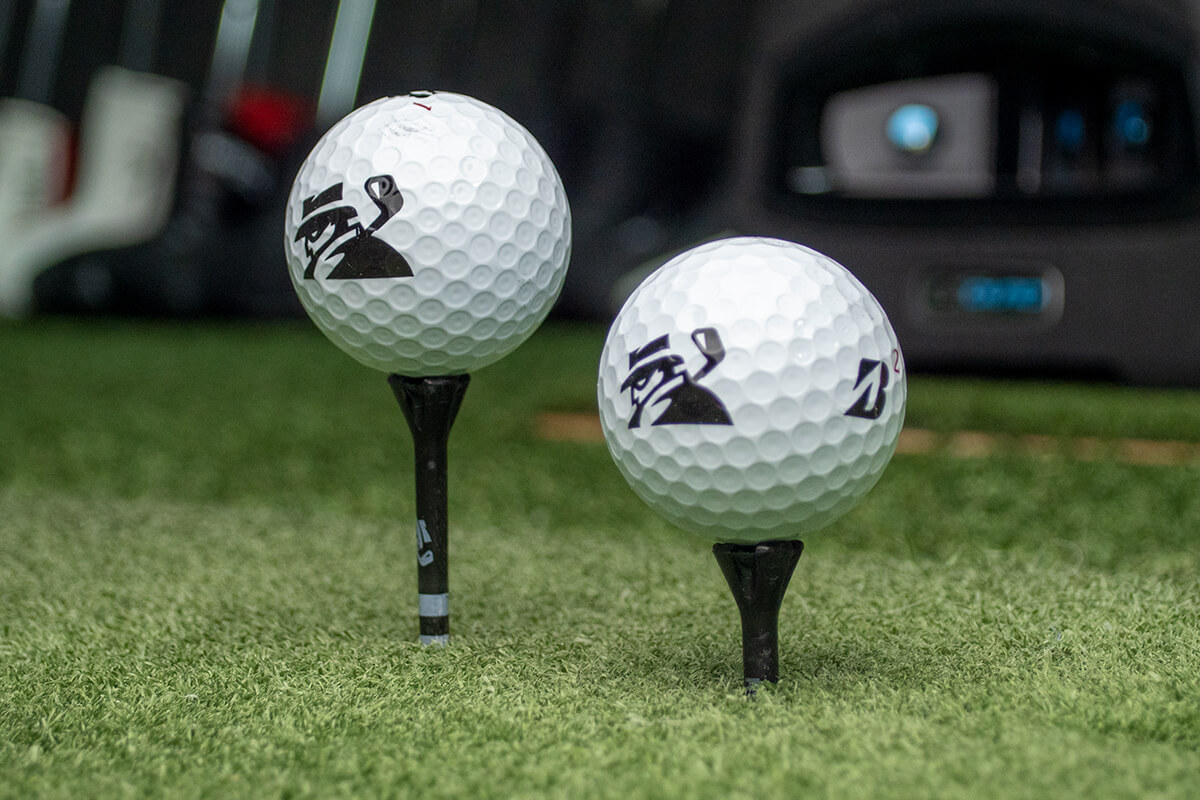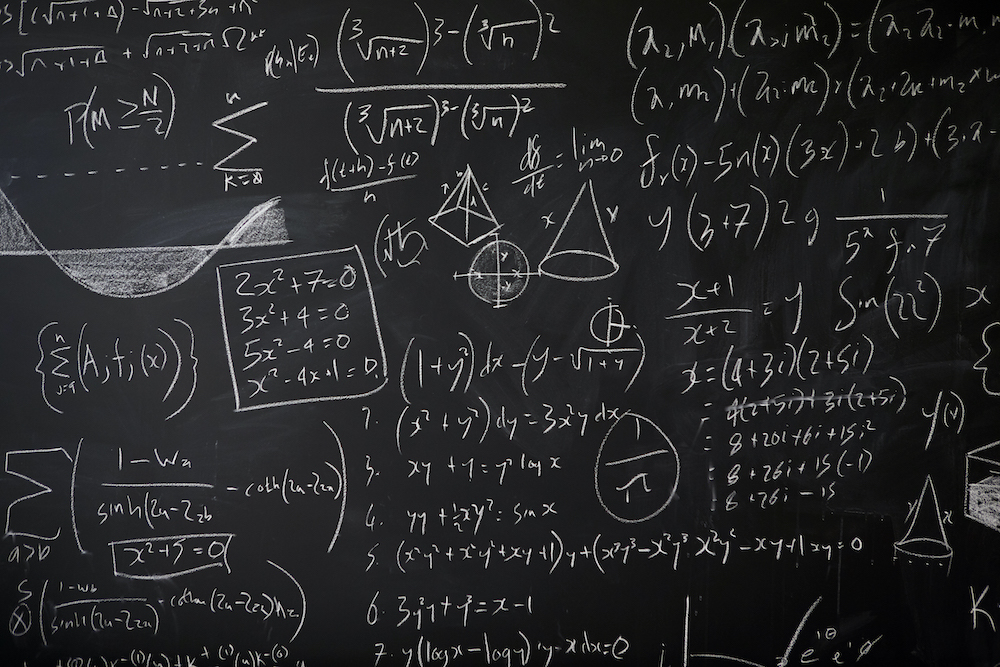Unveiling the Truth: Do Soft Golf Balls Go Further?
Soft golf balls may or may not go further, as there are various factors that affect a golf ball’s distance. Golfers are always on the lookout for ways to improve their game, and one of the most debated topics is whether soft golf balls go further.
Golf ball manufacturers market their balls as “soft” or “hard,” and some golfers believe that softballs travel further due to their ability to compress upon impact with the clubface. However, others argue that the hardness or softness of a ball does not determine its distance, but rather factors such as clubhead speed, spin rate, and launch angle.
In this article, we will explore the science behind soft golf balls and their impact on distance, as well as other factors that influence how far a golf ball travels.

Credit: mygolfspy.com
Understanding Golf Balls
Do Soft Golf Balls Go Further?
Golf balls come in various types, and each has its unique characteristics. Golfers often ask if soft golf balls go further than hard ones. The simple answer to this question is that softer golf balls may go farther than harder ones, depending on the player’s swing speed.
Let’s dive deeper and understand the composition and construction of golf balls, the difference between soft and hard golf balls, and the factors that affect distance.
Composition And Construction Of Golf Balls
Golf balls are usually made using two types of materials: surlyn and urethane. These materials have distinct characteristics that affect the ball’s performance.
- Surlyn is a durable and abrasion-resistant material that makes golf balls harder and less expensive.
- Urethane is soft and pliable but more expensive. It produces a softer and more delicate feel on impact, which advanced players prefer.
Golf balls have different layers, and each layer contributes differently to the ball’s performance.
- The innermost core is responsible for most of the distance a ball travels.
- The mantle layer helps with energy transfer from the core to the cover.
- The cover layer affects the ball’s feel, spin rate, and durability.
Difference Between Soft And Hard Golf Balls
Golf balls come in various compressions, and compression refers to the amount of force required to compress a ball. Generally, soft golf balls have lower compression compared to hard ones.
- Soft golf balls have a compression index of 60-80 and are ideal for golfers with average swing speeds.
- Hard golf balls have a compression index of 90-110 and are best for golfers with faster swing speeds.
Factors That Affect Distance
Several factors affect the distance a golf ball travels, including compression, spin rate, launch angle, and dimple pattern.
Compression
As mentioned earlier, compression affects the ball’s feel and distance. When a player strikes a ball, the club compresses it. Softballs compress more than hard ones, producing more energy transfer from the clubface to the ball.
Spin Rate
The spin rate refers to the number of revolutions a ball makes when in flight. Generally, lower-spinning golf balls go farther than high-spinning ones. Soft golf balls produce less spin, resulting in more distance.
Launch Angle
Launch angle refers to the angle at which the ball leaves the clubface. Golfers with slower swing speeds require a higher launch angle to maximize the distance. Soft golf balls launch higher than hard ones, resulting in more distance.
Dimple Pattern
Golf balls have dimples that allow for improved lift, reducing aerodynamic drag. Golfers should look for balls with efficient dimple patterns that help maintain ball speed and distance.
Soft Vs Hard Golf Balls
Soft and hard golf balls have their similarities and differences.
Similarities
- Both types of balls are suitable for different types of golfers
- Both types of balls satisfy the usga’s standards and regulations.
Differences
- The compression rate is different.
- The feel and sound of the ball on impact are different.
- The price of soft golf balls is higher than the hard ones.
- Spin rate, launch angle, and dimple pattern affect the distance differently on each type of ball.
Advantages And Disadvantages
Both soft and hard golf balls have their advantages and disadvantages.
Soft Golf Balls
Advantages
- Soft golf balls provide golfers with an increased feel, helping them read the greens better.
- Soft golf balls produce less spin, resulting in more distance for golfers with slower swing speeds.
Disadvantages
- Soft golf balls may be too mushy for golfers with faster swing speeds.
- Soft golf balls are more expensive.
- Soft golf balls may not have the durability that harder ones have.
Hard Golf Balls
Advantages
- Hard golf balls are more durable and produce a firmer response than soft golf balls.
- Hard golf balls are less expensive than soft ones.
Disadvantages
- Hard golf balls may not perform well for golfers with slower swing speeds because of their high compression rates.
- Hard golf balls do not offer the same level of feel and softness as their counterparts.
While soft golf balls may go farther than hard ones, they might not be suitable for every golfer. Golfers should consider their swing speed, spin rate, launch angle, and overall feel when deciding on which type of golf ball to use.
Ultimately, it’s a matter of personal preference and finding one that performs well with your game style.
Investigating The Performance Of Soft Golf Balls
Golfers all around the world have the same common goal when it comes to their swing – hit the ball as far and as straight as possible. Golf ball manufacturers have been producing different balls with distinct characteristics and properties to optimize the shot and minimize spin.
Among all the golf ball types, soft golf balls are commonly used by many golfers for their exceptional feel and control. But how do these softer balls perform when it comes to distance and accuracy? Let’s investigate the performance of soft golf balls to find out.
Characteristics And Properties Of Soft Golf Balls
Soft golf balls have many similarities to products made from materials like surlyn, ionomer, and urethane. However, there are a few unique qualities that differentiate them. Here are the key features and properties that contribute to the performance of soft golf balls.
Compression
- Soft golf balls typically have a compression rating of 60 or below, making them more responsive to a slower swing.
- Lower compression golf balls are easier to compress and deform upon impact, creating higher launch angles, and more distance.
- Soft ball’s decreased resistance helps golfers with slower swing speeds get more distance.
Spin Rate
- Softballs generally produce less spin than harder balls.
- Less spin can help reduce hooks and slices, perfect for golfers with over-the-top swings or a lot of sidespin.
- Softballs reduce spin on the long game but deliver more spin on a short game shot.
Feel
- Softballs provide excellent feedback on direct contact and are easier to control.
- The soft cover with its spongy texture provides a soft, cushioned impact, making it smoother at contact.
- A softer ball adds spin and control to short game shots, which is what golfers are eventually looking for on the green.
Performance Analysis Of Soft Golf Balls
Soft golf balls do have certain characteristics and properties that provide advantages over harder golf balls. But are they better when it comes to performance? Let’s take a closer look at the performance of soft golf balls and understand how they can affect the different aspects of the game.
Carry Distance And Total Distance
- Soft golf balls generate lower ball speeds, making them travel less distance than hard balls.
- Soft golf balls produce more backspin and a higher launch angle that gives them a higher ball trajectory.
- The higher trajectory and more backspin increase carry distance for a softball compared to its overall length, which increases total distance than harder balls.
Shot Shape And Accuracy
- With less spin, soft golf balls offer straighter shots in comparison to higher-spinning golf balls.
- Softballs help produce a straighter ball flight for golfers with a higher handicap.
- A harder ball offers less glide that can cause more misses in either direction.
Spin And Control
- Soft golf balls offer more control over short game shots due to their softer cover and texture.
- Soft golf balls can add backspin on wedge shots, making it easier to stop the ball close to the hole.
- Softballs lead to lower launch angles and less distance off the tee but more for approach shots.
The benefits of using a soft golf ball are total ball control and better spin rates compared to higher-compression golf balls. However, soft golf balls produce less overall ball speed and travel fewer distances than harder balls. So, while they may travel shorter distances off the tee, they can provide the necessary control and spin you need to hit accurate shots on the green.
Effect Of Swing Speed On Soft Golf Balls Performance
Do soft golf balls go further – what effect of swing speed on soft golf balls’ performance
When it comes to choosing the right golf ball, swing speed is a crucial factor to consider. Soft golf balls have gained popularity in recent years, but do they really go further? Let’s take a closer look at the effect of swing speed on soft golf ball performance.
Explanation Of Swing Speed And Its Impact On Golf Balls
Swing speed refers to how fast a golfer swings the golf club. It affects many factors, including the distance a ball travels, the shot shape, and the amount of spin on the ball. Different types of golf balls are designed for different swing speeds, with some being optimized for high-speed players and others for low-speed players.
High-Speed Vs Low-Speed Players
High-speed players typically have a swing speed of 105 mph or higher and need a golf ball that can handle their power. A harder ball will suit them best, as it will provide less spin and a more penetrating ball flight.
Softballs, on the other hand, are better suited for low-speed players, who have a swing speed below 90 mph. These players will benefit from the added spin and higher launch angle that soft golf balls provide.
Importance Of Fit For Swing Speed
It is important to use a golf ball that is optimized for your swing speed. Choosing the wrong ball can result in a loss of yardage, accuracy, and spin control. A golf ball that is too soft for your swing speed will create too much spin and result in a loss of distance.
On the other hand, a ball that is too hard may not compress enough and will not produce enough spin for optimal control.
Performance Analysis Of Soft Golf Balls Based On Swing Speed
The performance of soft golf balls is affected by swing speed. Here’s how:
Carry Distance
Players with a low swing speed can benefit from the increased carry distance provided by soft golf balls. The ball will compress more on impact, resulting in a higher launch angle and greater distance.
Total Distance
For players with a high swing speed, hard golf balls are typically the better option as they offer a lower spin rate and flatter trajectory, resulting in greater total distance. However, some soft golf balls have been designed to offer both distance and increased spin, making them a viable option for high-speed players.
Shot Shape And Accuracy
Soft golf balls tend to produce a higher backspin rate, making them better suited to players who want more control over their shot shape. Additionally, the soft feel of the ball can also give players more confidence and control, leading to improved accuracy.
Spin And Control
Finally, soft golf balls can offer enhanced spin and control around the greens. They tend to bite more on the green and come to a stop faster, giving players more control over their short-game shots.
The impact of swing speed on soft golf ball performance is significant. Understanding your swing speed and choosing a ball that is optimized for it is crucial for maximizing distance, accuracy, and control on the course.
Frequently Asked Questions On Do Soft Golf Balls Go Further
Do Softer Golf Balls Go Further?
Softer golf balls do not go further. They are ideal for golfers with slower swing speeds.
Do Professional Golfers Use Soft Balls?
Professional golfers use harder golf balls to achieve maximum distance and control.
How Does The Compression Of Golf Balls Affect The Distance?
The compression of golf balls affects the distance by transferring energy from the clubhead to the ball. Higher compression equals more distance.
Conclusion
After careful analysis and research, we can conclude that soft golf balls do indeed go further, but only under certain conditions. On slower swing speeds, softballs can help golfers achieve greater distance due to their lower compression. However, on faster swing speeds, harder balls tend to perform better.
Ultimately, the choice between soft and hard golf balls should depend on the individual golfer’s swing speed and preferences. It’s important to note that while distance is important, it’s not the only factor to consider when choosing a golf ball.
Other factors, such as spin rate, control, and feel, are equally important for achieving better scores on the course. With the information we’ve gathered, golfers can make more informed decisions about which golf ball to use for optimal performance.



